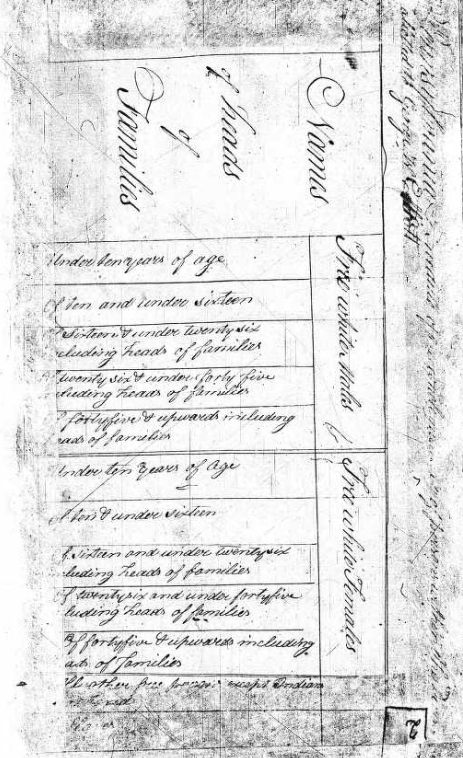With a new year comes resolutions to become better versions of ourselves. Perhaps you have resolved to be more organized, appreciate the little things, or just reaffirm your commitment to using data for good-never for evil. Dream big because IPUMS wants to help you achieve your goals (unless you have again promised yourself that you will floss daily)!
We recently resolved to outperform Google*. An ambitious team, led by Erin Meyer, set out to close the gap between citation counts in the IPUMS bibliography and Google Scholar. They scoured the internet to uncover your incredible research accomplishments that use IPUMS data. And oh did they find research!




 IPUMS-International currently disseminates census microdata from 82 countries around the world. It’s an impressive collection. But it still only covers about half the world’s countries. Under the TerraPop project, we are working to assemble a truly comprehensive global collection of population data.
IPUMS-International currently disseminates census microdata from 82 countries around the world. It’s an impressive collection. But it still only covers about half the world’s countries. Under the TerraPop project, we are working to assemble a truly comprehensive global collection of population data.